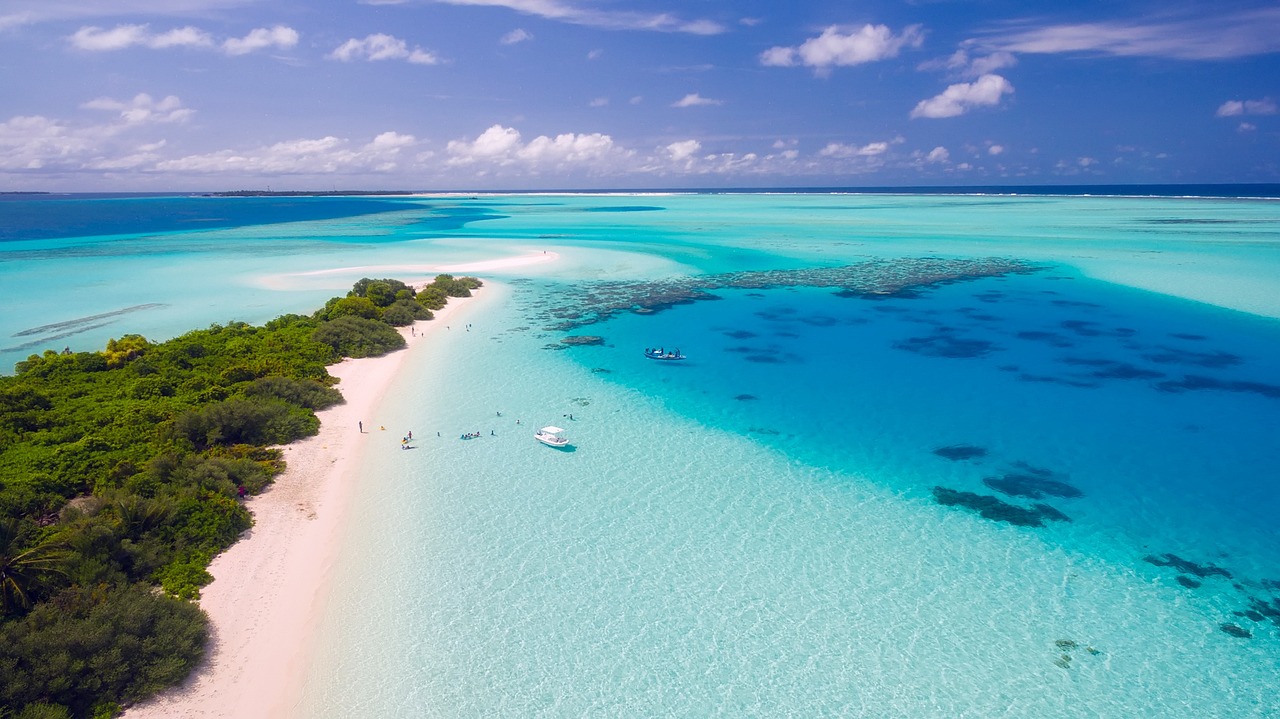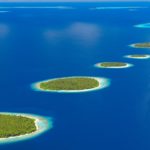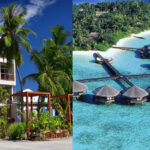If the thought of sapphire blue waters, powdery white beaches, and vibrant coral reefs evokes your idea of a dream vacation, the Maldives should be on your bucket list. This beautiful archipelago, nestled in the heart of the Indian Ocean, is often synonymous with luxury, romance, and abundant marine life. With more than a thousand coral islands scattered across 26 atolls, the Maldives boasts a plethora of wonders waiting to be explored. But the question arises: when is the best time to visit this tropical paradise? This article will dive into the details, helping you plan best time to visit Maldives based on various factors such as weather, activities, budget, and much more.
Understanding the Maldives’ Climate
Before delving into the best time to visit Maldives, it’s essential to understand the Maldives’ climate. The Maldives enjoys a tropical monsoon climate, marked by warm temperatures throughout the year. The climate is influenced by the monsoons, resulting in two distinct seasons: the dry season (Iruvai) and the rainy season (Hulhangu).
Detailed Weather and Seasonal Considerations
When planning your trip to the Maldives, weather is undeniably a key factor. After all, you would want to ensure optimal conditions for sunbathing, snorkeling, diving, or whatever activity you fancy. Let’s delve into what each season has to offer.
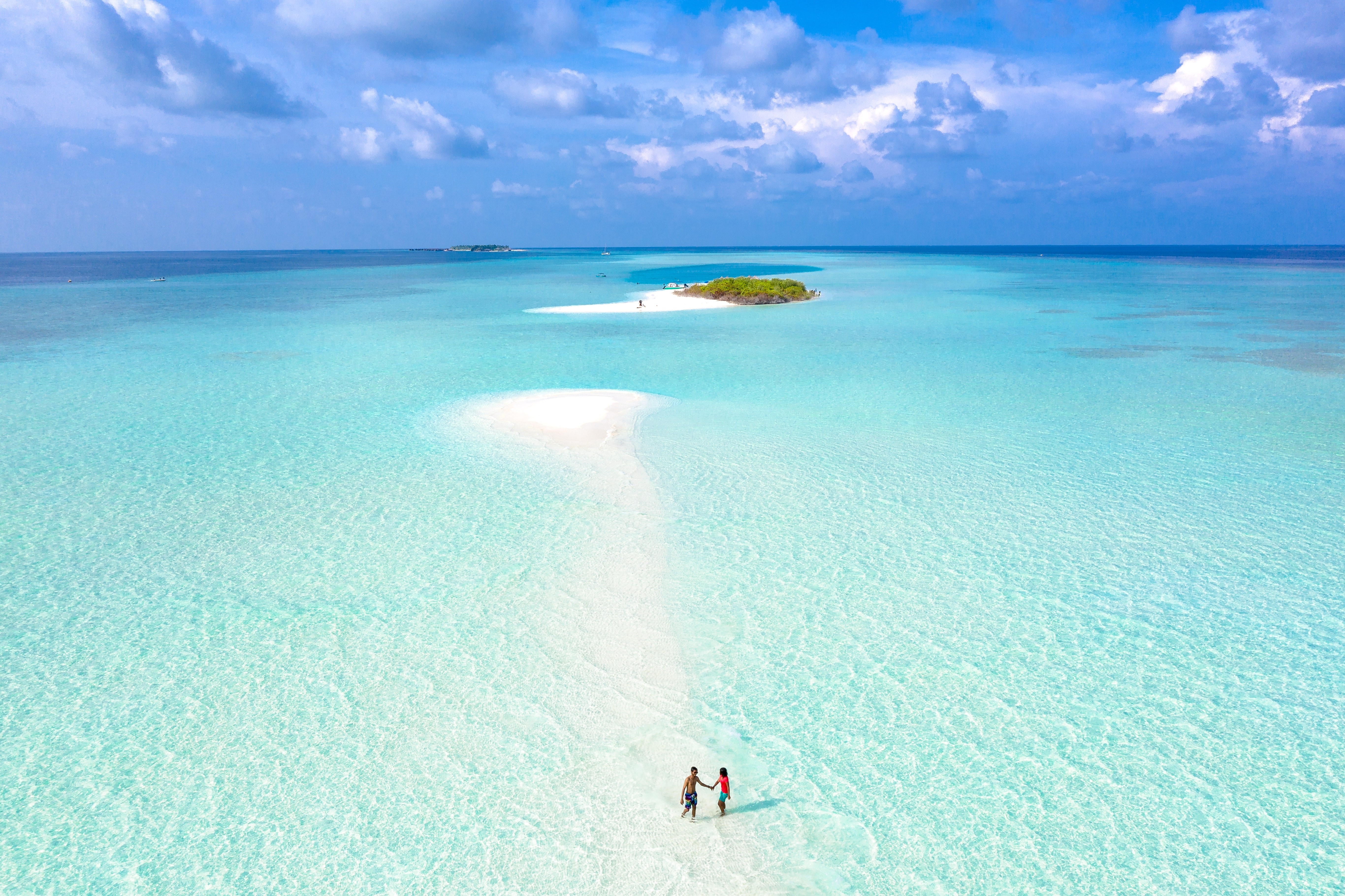
Dry Season (Iruvai): November to April
This season is typically marked by lower humidity, abundant sunshine, and minimal rainfall. The sky remains clear most of the time, revealing a spectrum of blue hues that you can’t help but fall in love with. Average temperatures during this season range between 25°C (77°F) and 29°C (84°F), making it a delightful escape from colder climates. If you’re looking for undisturbed beach days, this is the best time to visit Maldives.
However, the dry season coincides with the peak tourist season, resulting in crowded resorts and higher prices. Particularly from December to March, tourists from around the world flock to the Maldives to escape their winter blues. Despite the crowds, the dry season retains its charm with its perfect beach weather and vibrant marine life.
Rainy Season (Hulhangu): May to October
The rainy season in the Maldives is characterized by monsoonal showers, stronger winds, and cloudier skies. The intensity of the rainfall is typically higher from June to August. But don’t be dissuaded just yet! The rainy season has its perks.
Despite the intermittent showers, temperatures remain warm, averaging around 28°C (82°F). The landscape takes on a more lush and vibrant look, providing a refreshing change of scenery. Furthermore, the rainy season offers a unique appeal for marine life enthusiasts. The nutrient-rich waters attract an array of sea creatures, including mantas and whale sharks, making it a fantastic period for scuba diving and snorkeling.
Activities and Their Best Times
While the idyllic islands of the Maldives may seem like they’re all about lounging on the beach, there’s so much more to do and see. Let’s look at some popular activities and the best time to enjoy them in Maldives.
Snorkeling and Diving
The Maldives is renowned for its underwater world. Thanks to its crystal-clear waters and rich marine biodiversity, snorkeling and diving are undoubtedly top attractions. You can explore these activities year-round. However, the best best time to visit Maldives varies depending on your level of expertise and what you wish to see.
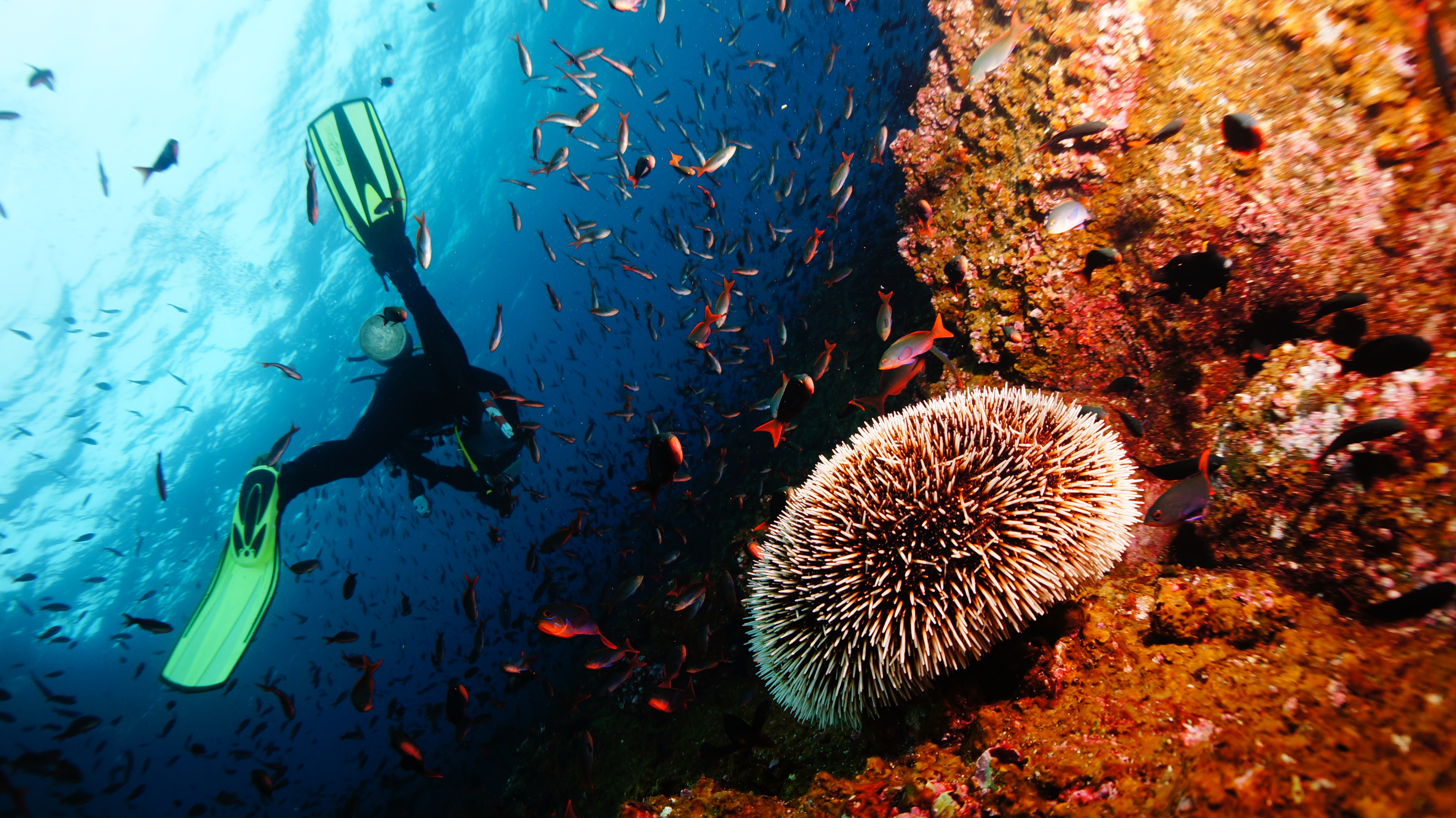
During the dry season, calm seas and excellent visibility make for comfortable conditions, especially for beginners. However, the rainy season draws in a myriad of marine creatures with its nutrient-rich waters. If you’re a seasoned diver and your primary goal is to observe large marine species, visiting during the rainy season could offer a more exciting experience.
Surfing
The Maldives may be best known for its calm seas, but it’s also a fantastic destination for surfing. The southwest monsoon, which occurs during the rainy season, brings in the best swells. Hence, the best time to visit Maldives for surfing is from April to October. The North and South Malé Atolls are among the most popular surf spots, boasting consistent waves suitable for all levels of surfers.
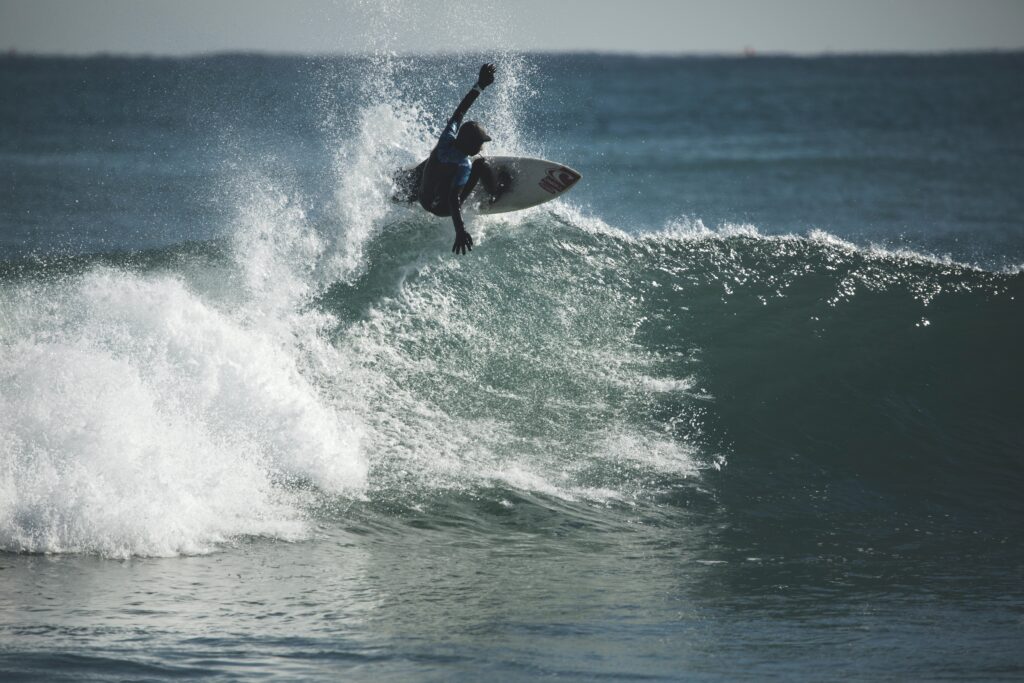
Fishing
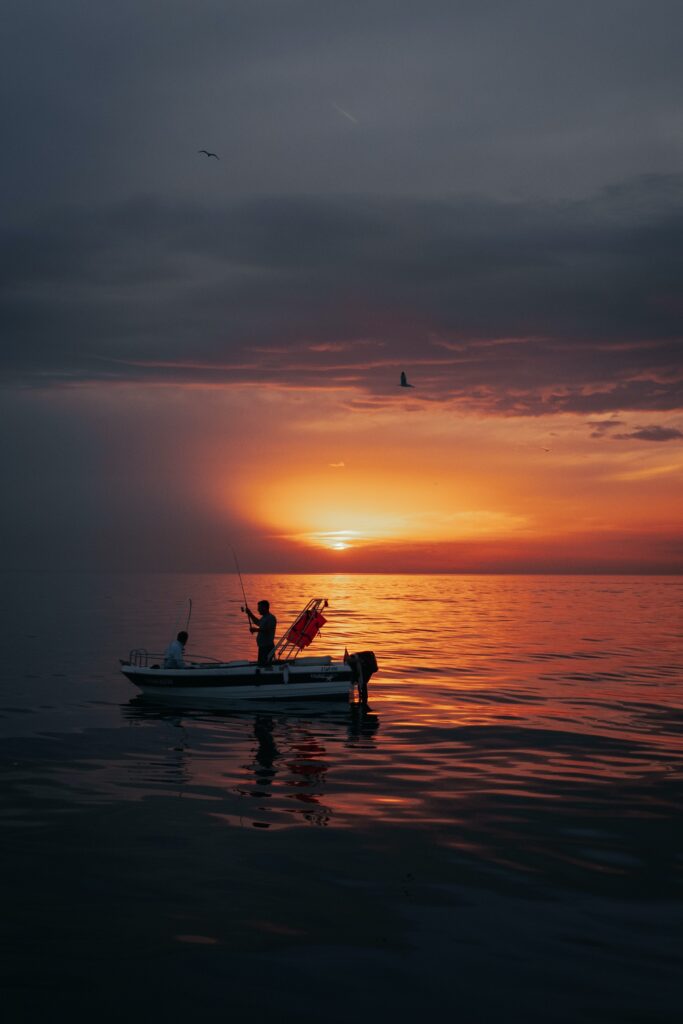
Fishing is an integral part of Maldivian culture, and the archipelago’s rich waters make it an excellent spot for fishing enthusiasts. While night fishing can be enjoyed year-round, big game fishing is generally best from November to March. During this period, you can aim for larger catches such as marlin, tuna, and sailfish.
Cultural Exploration
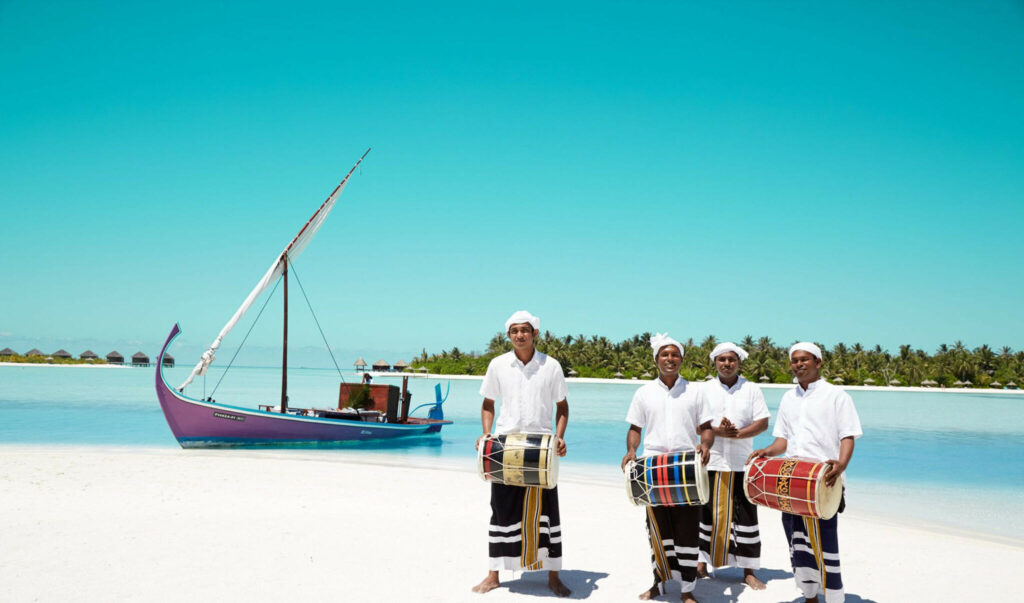
If you wish to delve deeper into the Maldivian culture and traditions, planning your visit around local festivals can be rewarding. The Maldives has a unique cultural tapestry, influenced by South Indian, Sri Lankan, and Arab cultures. Notable festivals include the Maldivian Independence Day in July, Ramadan, and the Islamic festival of Eid. These celebrations offer a glimpse into the vibrant culture, traditions, and hospitality of the Maldivian people.
Detailed Budget Considerations
When planning your trip to the Maldives, the budget is another significant factor. As the dry season aligns with the peak tourist season, prices for flights and accommodation are generally at a premium during this period. Luxury resorts often book up months in advance, and prices can skyrocket, particularly around Christmas and New Year.
Estimated Mean Guesthouse price

If you’re traveling on a budget, visiting during the shoulder seasons (April-May and October-November) can offer a balance between favorable weather conditions and reasonable prices. During these months, the weather is still mostly pleasant, but prices tend to be lower than the peak season.
During the rainy season, the tourist influx decreases significantly, leading to discounts and deals being more common. If you don’t mind the occasional showers and wish to enjoy the Maldives without breaking the bank, this could be the best best time to visit Maldives for you.
Insider Tips for Timing Your Visit
Armed with knowledge about the weather, seasons, and budget considerations, you’re off to a good start in planning your Maldives trip. However, let’s throw in a few insider tips to help you optimize your visit:
- Book in Advance: During peak season, resorts fill up quickly. To secure your spot and possibly get early bird discounts, consider booking several months in advance.
- Travel Insurance: No matter when you decide to visit, it’s always wise to invest in travel insurance that covers weather-related cancellations. This can save you from potential losses if your plans are disrupted by unforeseen weather conditions.
- Pack Accordingly: Sun protection is a must, no matter which season you’re visiting in. However, if you’re visiting during the rainy season, don’t forget to pack a light raincoat or umbrella. It could also be handy to have water-resistant casing for your electronic devices. What do you need for the perfect Maldivian holiday?
- Embrace Flexibility: The Maldives is a dream destination year-round, but the weather can be unpredictable, especially during the monsoon season. Having a flexible itinerary can help ensure you enjoy your trip, regardless of the weather.
Respecting Local Culture and Customs
As you plan your trip to the Maldives, it’s essential to be mindful of the local culture and customs. The Maldives is a Muslim country, and while resort islands are quite liberal, public islands follow a more conservative Islamic way of life.
If you’re visiting during Islamic festivals such as Ramadan, be aware that locals will be fasting during the day, and public eating or drinking is generally not permitted. Ensure your clothing is modest, especially when visiting non-resort islands.
Despite the cultural considerations, Maldivians are incredibly welcoming and hospitable, and respecting their customs will only enrich your experience.
Best Time to Visit Maldives Based on Your Personal Preferences
Deciding the best time to visit the Maldives isn’t a one-size-fits-all answer. It largely depends on your personal preferences.
If you’re a sun worshipper and dream of basking in the tropical sunshine, the dry season would be ideal for you. But if you’re a marine life enthusiast keen on seeing a wide range of species, the rainy season with its nutrient-rich waters may be more appealing.
For those on a budget, consider visiting during the shoulder seasons or the rainy season to take advantage of lower prices. If you’re looking to dive into the Maldivian culture, plan your visit around significant local festivals.
Your Ideal Visit: Planning the Perfect Trip
Now that you’re equipped with all this information, planning your perfect trip to the Maldives should be a breeze. Whether you’re planning a honeymoon, a family vacation, a solo adventure, or a trip with friends, the Maldives has something to offer everyone. Visiting the Maldives requires not just excitement, but also thoughtful planning and preparation.
Regardless of when you choose to visit, you’re bound to be enchanted by the stunning beauty, vibrant marine life, and the warm hospitality that the Maldives offers. So go ahead, start planning your trip to this island paradise and get ready to create memories that will last a lifetime!
FAQs
Q1: Is it safe to travel to the Maldives?
Travel advisories vary and depend on the ongoing global situation. Maldives is one of the safest countries to travel due to one-island-one-resort concept. It’s always best to check current advisories from government’s official communications.
Q2: Do I need a Visa?
All tourists (regardless of country) gets 30 days visa on arrival.
Q3: What is the most economical time to visit the Maldives?
Typically, the rainy season, particularly May to July, is the most economical time to visit due to reduced tourist influx. But keep an eye out for deals and discounts during shoulder seasons.
Q4: What should I pack for my trip to the Maldives?
Regardless of the season, pack lightweight, breathable clothing, swimwear, sun protection (sunscreen, hats, and sunglasses), and a light raincoat if you’re visiting during the rainy season.
Alcohol is not allowed to be brought into the Maldives by individuals for personal consumption. This includes both tourists and locals. However, resorts and hotels in the Maldives are granted special licenses that permit them to serve alcohol to their guests
Q5: Are there any cultural customs I should be aware of when visiting the Maldives?
Yes, it’s important to respect the local culture. The Maldives is a Muslim country, and modest dressing is expected, especially on local islands. During the holy month of Ramadan, refrain from eating, drinking, or smoking in public during daylight hours.
Q6: What types of activities can I do in the Maldives?
The Maldives offers a wide range of activities including snorkeling, diving, surfing, fishing, and cultural exploration. The best time to visit Maldives for these activities varies, so consider your preferences when planning your visit.
Q7: Is the Maldives suitable for a family vacation?
Absolutely! The Maldives is a wonderful destination for families. Many resorts offer family-friendly amenities, and the wide range of activities ensures there’s something for everyone.
Quick Summary
The Maldives, a tropical paradise with its beautiful beaches and rich marine life, promises a dream vacation irrespective of the time of year. However, your best time to visit Maldives hinges on factors like weather, budget, crowd tolerance, and preferred activities. While the dry season offers sunny days, calm seas, and vibrant festivities, it comes with larger crowds and premium prices. On the contrary, the rainy season, though punctuated by showers, teems with marine life and offers enticing deals. For a balanced experience, consider the shoulder seasons.
Planning in advance, understanding the local culture, and aligning your trip with your personal preferences can help ensure a memorable experience in the Maldives. No matter when you visit, the Maldives’ allure, from its breathtaking beauty to its vibrant culture and diverse marine life, ensures a trip of a lifetime.

